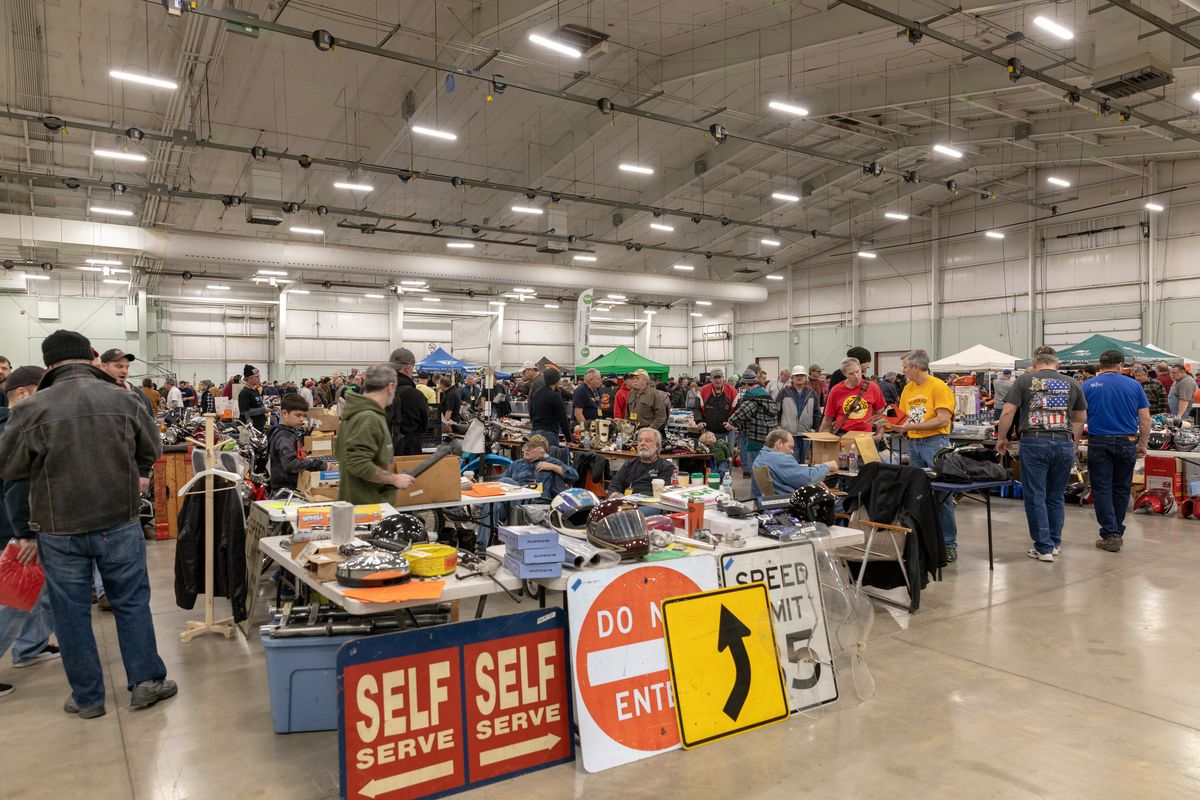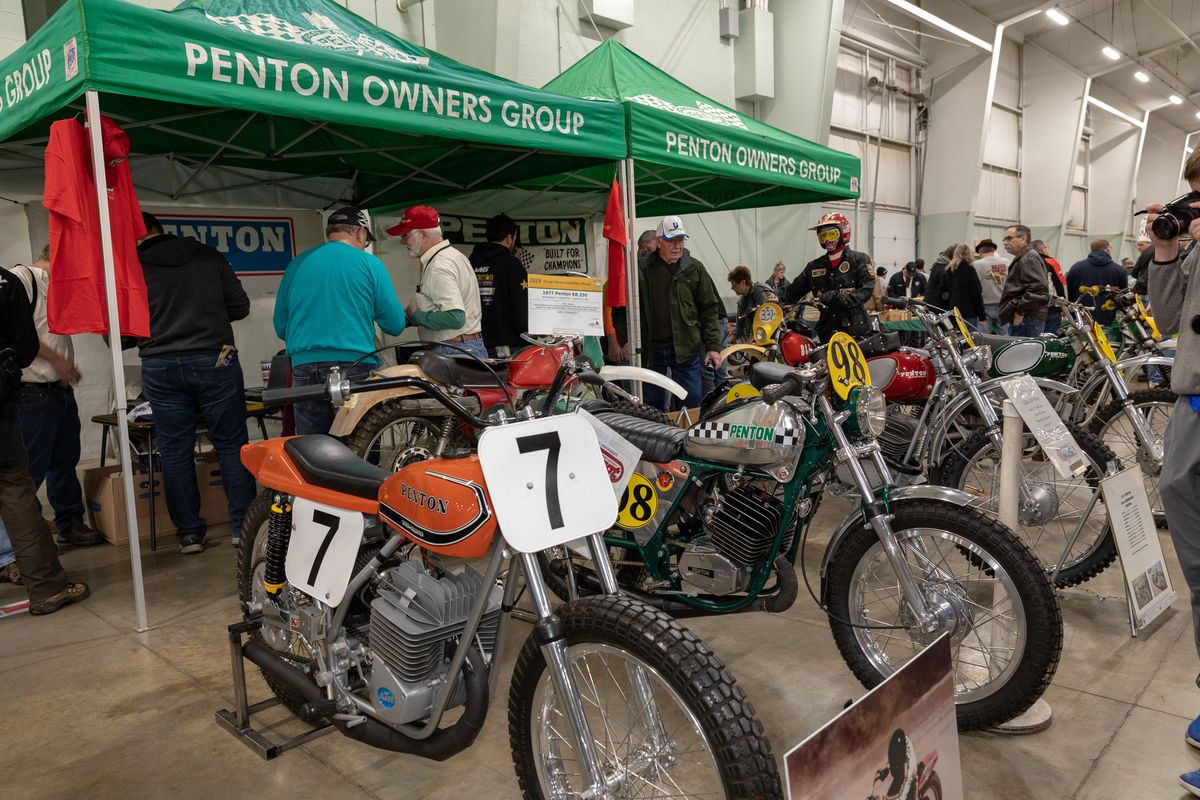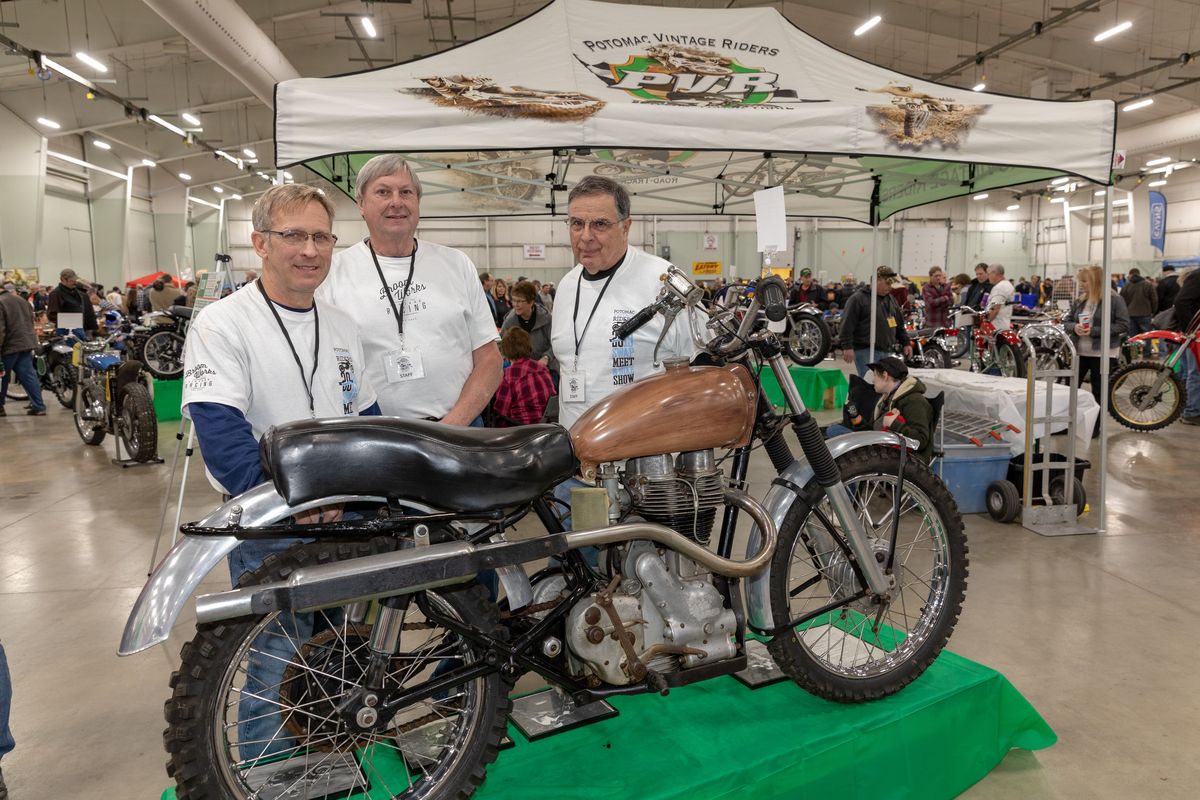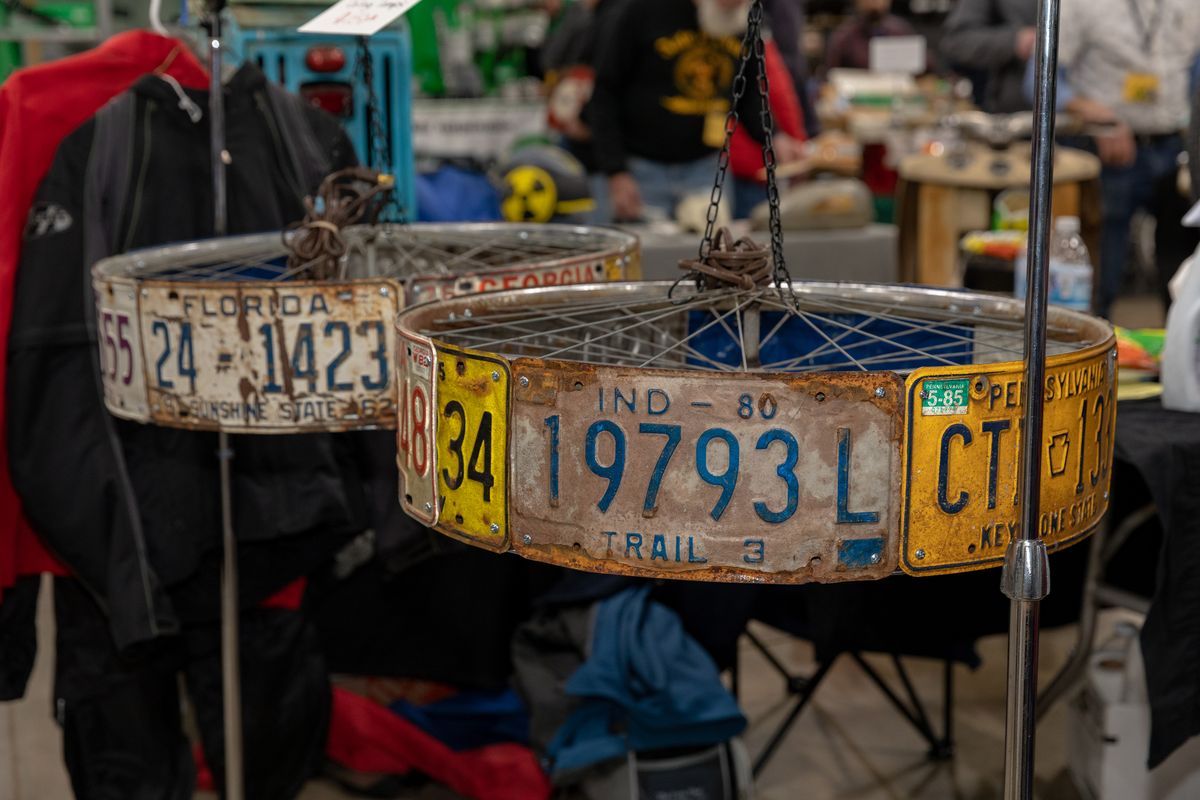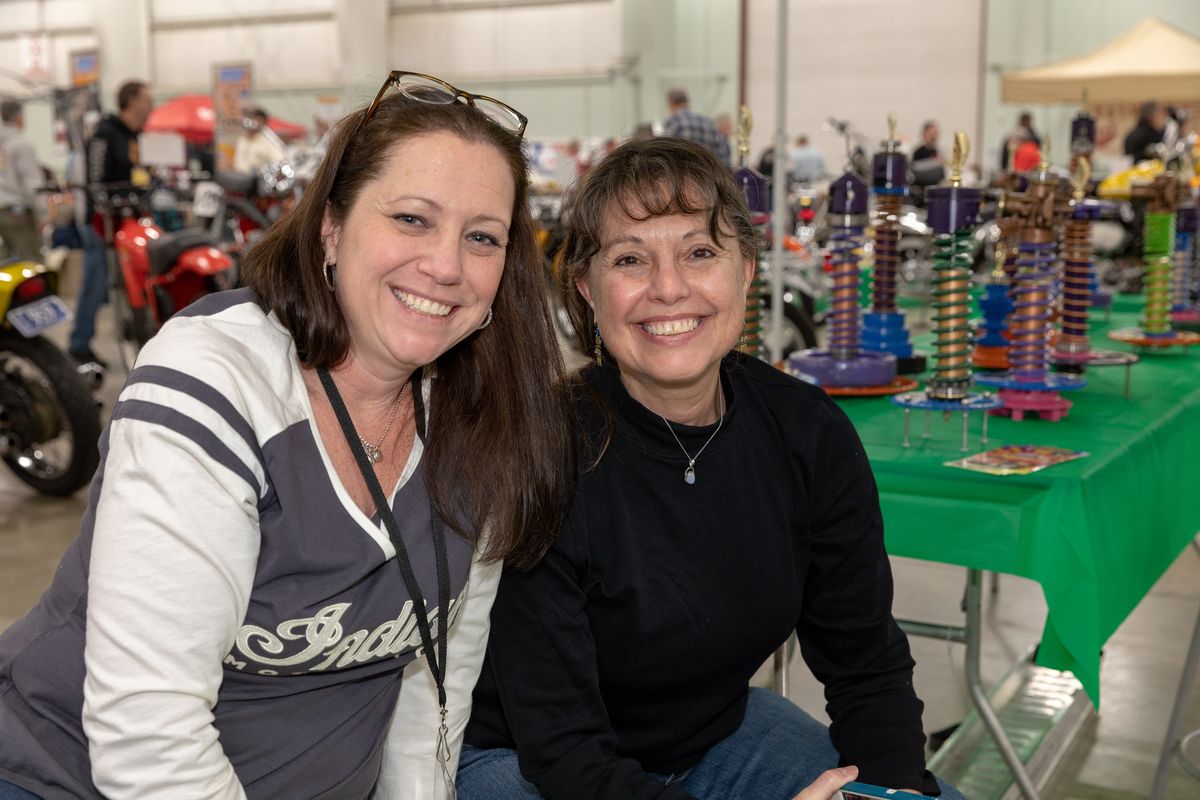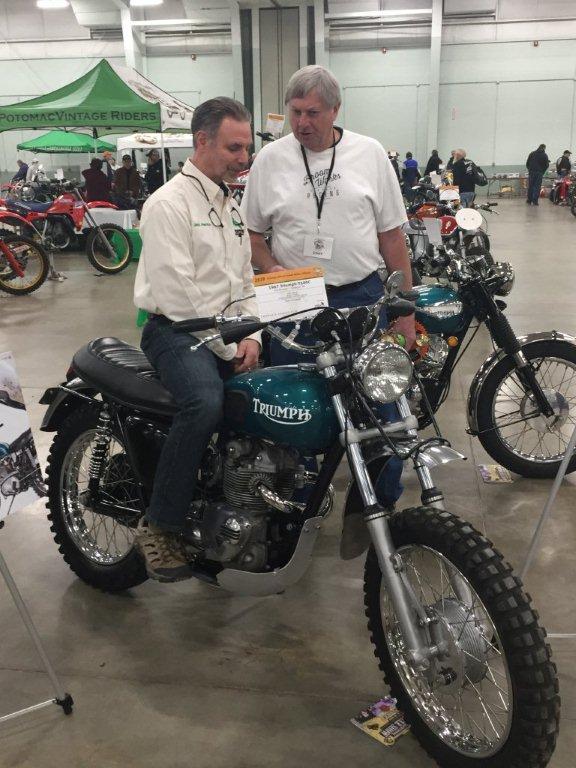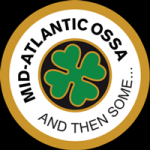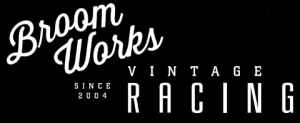For a list of our Greeves projects, click here.
The original company founded by Bert Greeves MBE was the Invacar company. Greeves was mowing the lawns of his home in Worcestershire when he had the idea of fitting the lawnmower engine to his disabled cousin’s wheelchair and invented the Invacar. Invacar Ltd was set up and won a major contract to provide motorised three-wheeled invalid carriage vehicles to the UK Government Ministry of Pensions and National Insurance. in 1952 from a small factory in Church Road, Thundersley not far from Southend on Sea in Essex.
Encouraged by this success, Bert Greeves decided to diversify into motorcycle manufacture. A keen trials rider in his spare time, he had started collecting veteran and vintage motorcycles, including a 1912 Triumph with the registration ‘OLD 1’. His disabled cousin Derry Preston-Cobb also encouraged him to start the motorcycle business. Derry’s own Invacar was used as a promotional vehicle and had been fitted with a more powerful engine, which he used to amazed other drivers as he overtook them on the Southend roads. Working together they developed a prototype using a two-stroke 197 cubic centimetres (12.0 cu in) single-cylinder engine sourced from Villiers Engineering – and a Greeves badge on the fuel tank. The motorcycles were really a sideline for the main business of producing the three-wheeled invalid cars, so development of the prototypes had to be fitted in when the production schedule allowed. Bert had been an enthusiastic motorcyclist in his youth and always had an ambition to become a motorcycle manufacturer. The first Greeves motorcycle was developed in mid-1951, using rubber-in-torsion springing at both front and rear. This unconventional rubber springing came straight from the patented system used for the invalid car. Rear wheel suspension was by a pivoted fork with rods connecting to torsion rubber mounted units just below the seat. Friction dampers were also fitted which could be manually adjusted. The front forks were also unusual, with short leading links to carry the wheel, pivoting on rubber-in-torsion spring units (later known as the ‘Banana Leading Link’ front fork. Motorcycle production began in the autumn of 1953 and the new models featured a unique frame with the steering head and a massive front down member combined in a large ‘I-section’ cast alloy beam, cast in a new light-alloy foundry that had been added to the Greeves factory. The tubular frame member was inserted into a mould and the main frame was cast around it, making for a very strong frame. Made from LM6 silicon-aluminium alloy, it was claimed to be stronger than tubular steel and proved capable of standing up to the rough treatment of international off road trials competition. Protection was finished off with reinforced engine cradle plates which were also light alloy castings.
Derry Preston-Cobb was made Sales Manager for the motorcycle business and they started with three models, a scrambler, a three speed road bike and a four-speed version. At the 1954 Earls Court Show, they also launched the ‘Fleetwing’, a two-cylinder two-stroke with a 242 cc British Anzani engine developed from those used for motor boats and featuring a crankshaft with a hollow midsection that acted as a rotary inlet valve. With a top speed of just 61 mph (98 km/h), the Fleetwing continued in production until 1956 when the stock of British Anzani engines was finally exhausted. The Fleetwing name was brought back in 1957, however, for the Villiers engined 249 cubic centimetres (15.2 cu in) model. This was more powerful than the earlier Fleetwing and now had a more respectable top speed of 70 miles per hour (110 km/h). Gearboxes were supplied by Albion Motors, later replaced by their own designs from 1964 forward. The lightweight high powered package made them successful in the trials market place against Triumph and BSA models.
By 1962 there were eleven models in the Greeves range. The offroad motorcycles were also developed through an association with Queen’s University Belfast producing the later Greeves QUB model. The last of the Challenger models was produced in 1968, replaced by the 250 and 380 cc Griffon motocrossers in 1969. The original leading link fork was no longer fitted, having been replaced by standard telescopic forks as the leading link design could not match the travel of forks. Also abandoned was the original cast alloy front down beam, replaced with a new frame of Reynolds 531 chrome molybdenum with a conventional down tube.
Greeves also built a successful export business and at one time most of the motorcycles produced were going to the United States. Greeves became so successful in the US that they had a significant influence on the growth of the off-road biking sport and with the invention of the trail bike with their road legal off-roader, the Ranger.










